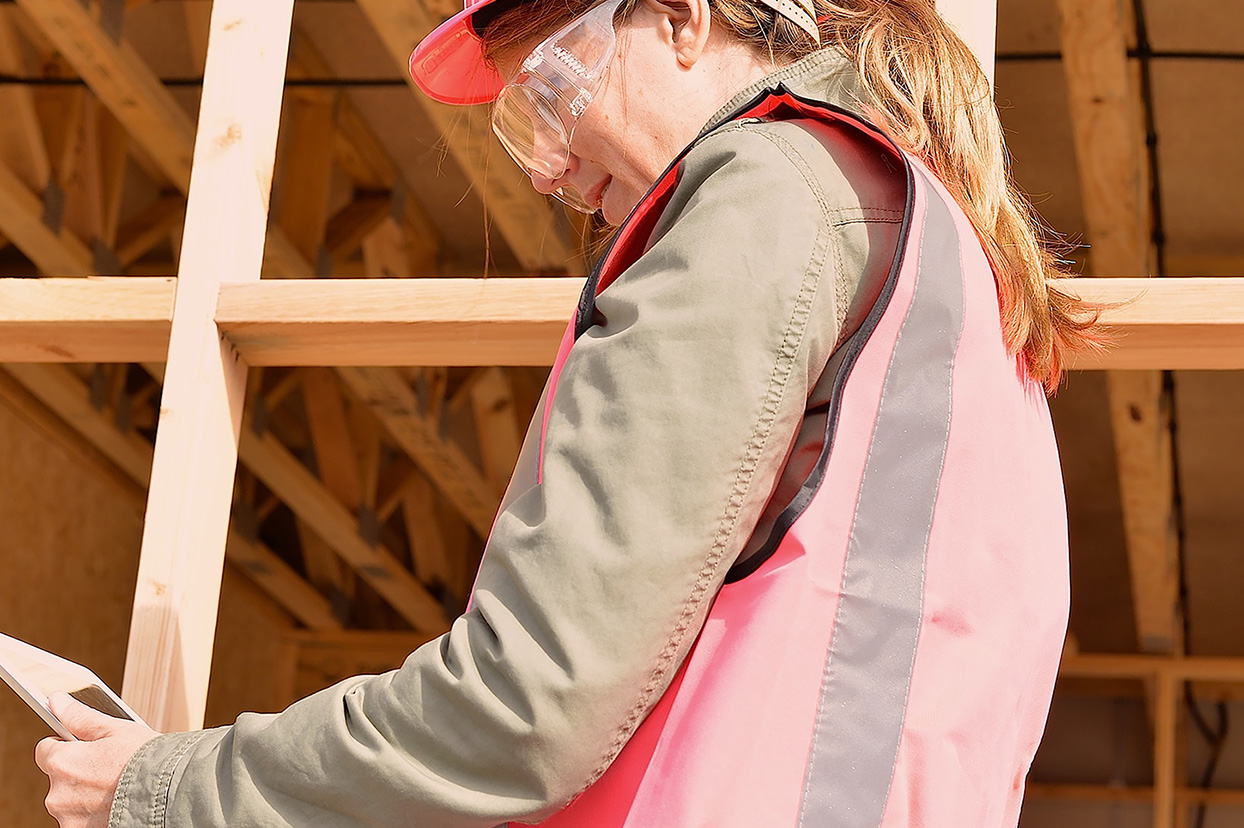September 27, 2017
Reduce workplace injuries with job hazard recognition
Knowing what hazards are associated with a job gives employees the power to avoid them and prevent injuries. Using job hazard recognition is a great way to review a work area in order to identify, eliminate or control work-related risks that could cause injury.
Workplace analysis
Workplace analysis can help identify and control hazards and prevent injuries through assessment of operation, procedures, processes, physical environment and individual workstations. There are four steps in workplace analysis:
1. Review previous injury records
Injury records can reveal trends in types of injury, time of year, specific shift or work area, specific tasks and tools and equipment used or not used.
2. Use a checklist and review it
You can identify hazards more consistently and without overlooking the obvious by following a checklist. Reviewing the checklist can help generate ideas for improvements to be made.
3. Walk through the worksite
Look for hazards: evaluate specific jobs, workstations, equipment, the environment and employee’s behaviors.
4. Determine ways to eliminate or control hazards
If there is risk of injury due to the process of completing a task, consider modifying the process or choosing a different one. Eliminate the hazard through improvements to the workstation, enclosures, machine guards or personal protective equipment or find ways to reduce exposure to the hazard.
Know the hazards
Before beginning a job, take the time to evaluate the potential dangers. Safety issues to watch out for include:
- Slip, trip and fall hazards
- Ergonomic hazards
- Hand tools/power tools
- Lifting, handling, pushing, pulling
- Unguarded/unprotected moving parts
- Eye hazards
- Breathing hazards
- Pinch points
- Electrical hazards
Specific safety procedures, such as lockout tagout, confined space and fall protection procedures, may also be associated with certain jobs. Serious injuries can be prevented by knowing and following all associated safety procedures.
More resources:





